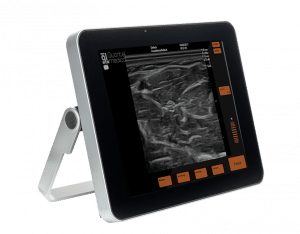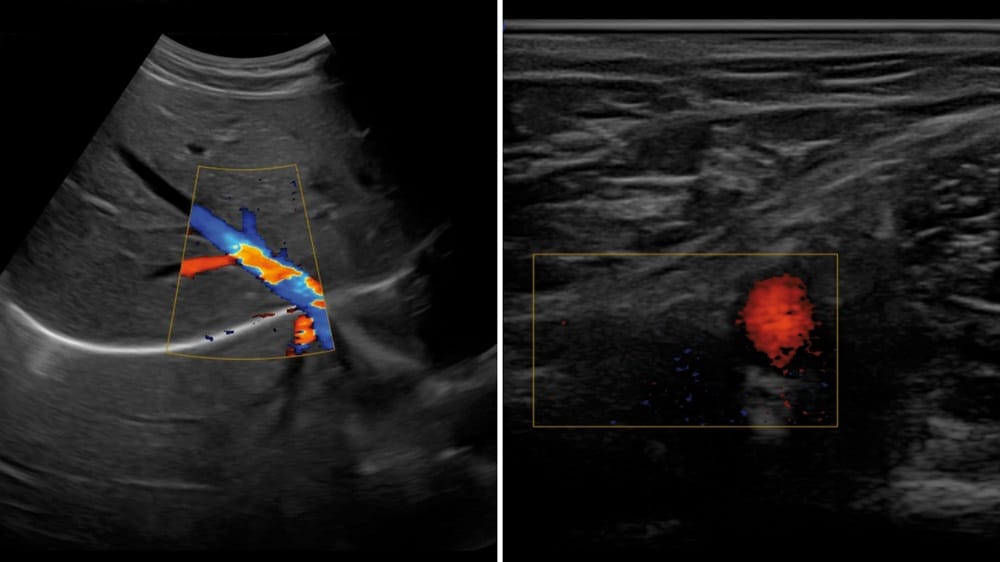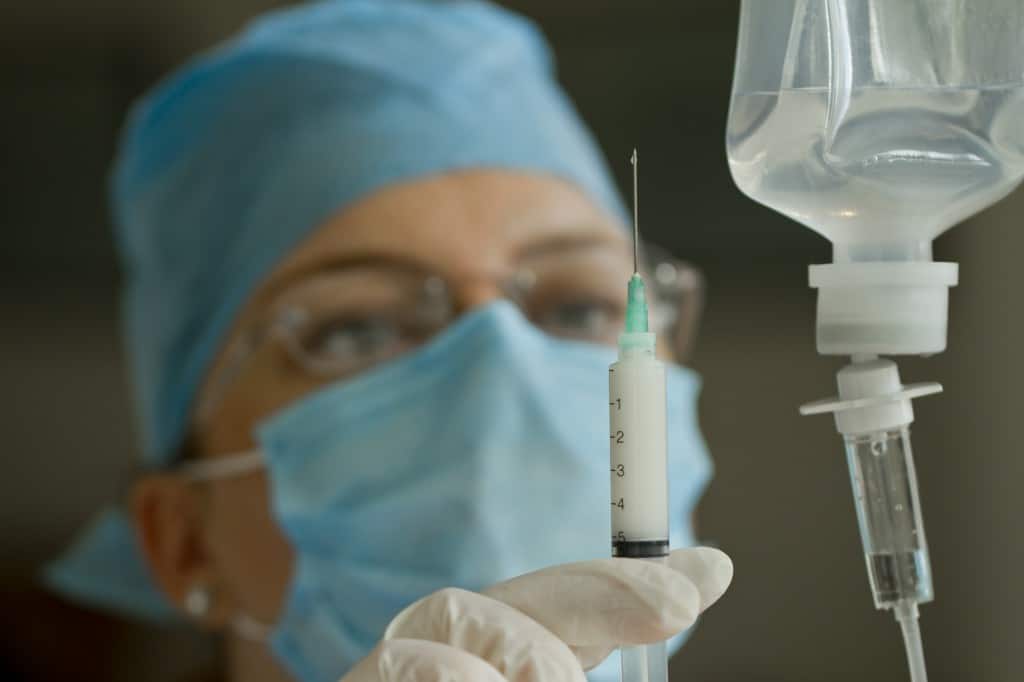Quantel, the French-based medtech manufacturer that traditionally has specialized in ophthalmology, has been expanding its range to ultrasound scanners with its Evotouch and Evotouch+ product lines. Designed to help anesthesiologists do their job more quickly and with greater precision, it has the additional bonus of offering greater comfort to the patient.
In anesthesiology, precision is king. The physician’s needle needs to pierce the body at just the right place, the injected fluids need to travel to the precise part of the body where the surgery will be performed. The ultrasound scanner, by generating real-time images from inside the human body and displaying them on a screen, has become an indispensable tool for anesthesiologists.
With ultrasound scanners, an electronic probe is placed on the part of the body being operated on—for example, the fingers, shoulders, or feet, where the nerves are—and a gel is rubbed over the skin to get the scanner to produce images. The physician injects the liquid anesthetic into the patient to prevent them feeling pain during surgery. The images allow the anesthesiologist to see and follow where the needle enters the body—and where the injected solution goes.

Some of Evotouch’s more innovative features include “the really exceptional image quality on the devices,” explained Quantel Product Manager Eva Galmar in an interview with MedicalExpo e-magazine. She added:
“There is also an extremely user-friendly interface, which gives the user a very fluid workflow. This is especially important for procedures where they need to work very quickly.”
Evotouch and Evotouch+ have similar functionalities, with Evotouch+ having a slightly larger screen and higher image quality. Another feature highlighted by Galmar is that “the image is displayed on a touchscreen with no buttons, making it easier to clean the device in the operating room.” The ultrasound image gets displayed on a tablet alongside the “adjuster,” through which different parameters like depth, gain, focus, and frequency can be tweaked as necessary.
Hands Free for the Procedure
A voice control function is a further bonus feature. Galmar explained:
“In anesthesiology, a physician typically holds an ultrasound probe in one hand and a needle in the other. With traditional devices, if they want to adjust the ultrasound image they have to either ask someone to help or drop the probe or needle and do it themselves, then take time to find the right image again. With our devices, they can adjust parameters using their voice, keeping their hands free for the procedure.”












